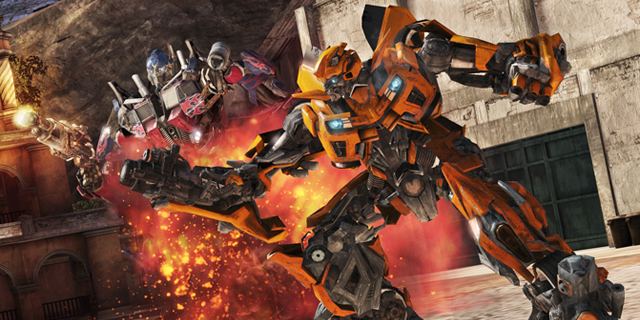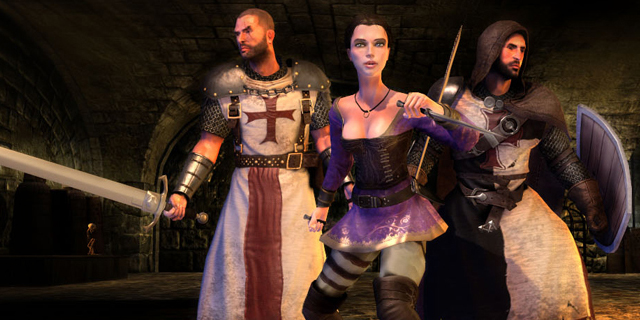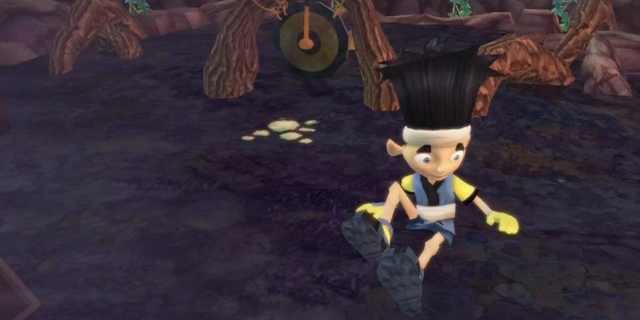Arcade racing is a tough genre to create a game in. Car handling has to be easy without being automatic, tracks have to be challenging without being too punishing, and the whole package needs to be accessible. Sega Rally Online Arcade manages to be accessible, and they nail the handling, but the same track design and easy handling that help make the game approachable by all comers also make it too simple to keep coming back to when hard drives all over the landscape have copies of Dirt 2 and/or Burnout Paradise stored on them.
And that’s really Sega Rally Online Arcade’s biggest fault – playing it makes me want to play other games. The easy handling pushes me toward Sega’s own OutRun while the rally tracks push me toward Dirt 2, and the lack of damage modeling makes me want to start up Burnout Paradise and wreak some havoc with fully deformable cars, big ramps, and the ability to make my car blow up over and over again.
Discounting the fact that when I play SROA I immediately am drawn to other games, what Sega offers up here isn’t bad; it just feels like an arcade game from a few years ago. The options are pared down from a retail game, the graphics are flat, the sound work is generic, and the racing never feels frantic and dangerous like rally racing ought to. Different race surfaces change how the car handles, but while slamming into a mountainside to help navigate a turn slows you down right then it has no permanent effect on your car’s performance. And you can’t leave the track; fighting to stay on the track is one of the things that makes rally racing so interesting, and it’s just not here.
It is fun to run championship mode races where you start in 22nd place and have to fight your way to first over the course of three two-lap races in order to unlock a special one-on-one event. The selection of cars is nice (though I find myself unable to select cars that aren’t made by Subaru or Mitsubishi), but the number of tracks is very limited. There are five different locales, and each of them has two or three tracks. Variety is the spice of life, and for a racing game that means I expect plenty of places to learn every corner of to shave another second off of my lap time.
The cars handle well although the presentation takes some getting used to. The camera is fixed behind the car so no matter what is happening the car is facing forward while the world seems to turn around it. This takes some getting used to, and it never does feel quite right. Corners are easily navigated, and I didn’t need to really let off of the gas until I encountered U-turns, even when my navigator called out for hard turns. This makes sense, arcade racing is usually more about steering than speed control, and needing to seldom use the brake means that SROA maintains a good sense of speed while you’re playing.
SROA is strictly a middle of the road game. Nothing really stands out as horrible, but nothing really stands out as wonderful either. I never was able to find an online opponent, but online races look to function the same was as quick races against CPU opponents except (presumably) more challenging. If you have either another rally racer or another arcade racer, there’s no great need to add SROA to your collection, but if you don’t have any racers and don’t want to spend a lot of money, $10 isn’t a bad price for what you get here.
Pros: decent car selection, fun championship mode
Cons: makes me want to play other games, no car damage, cannot leave the track






















